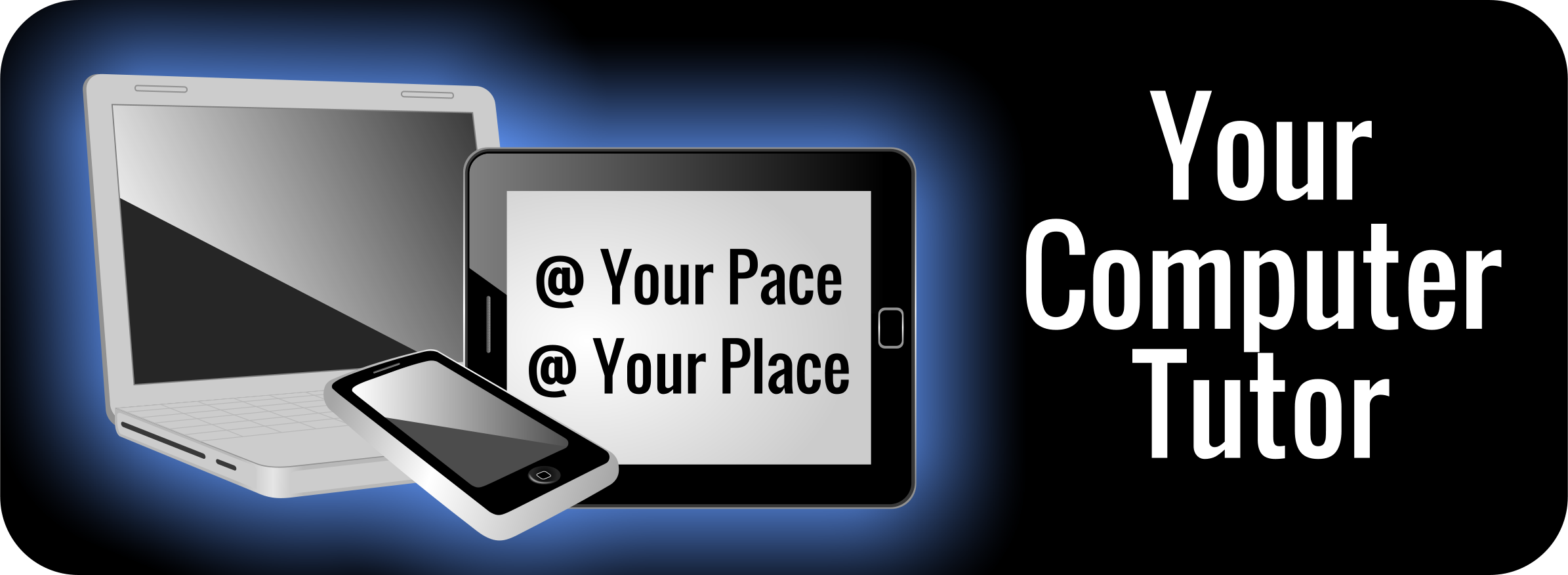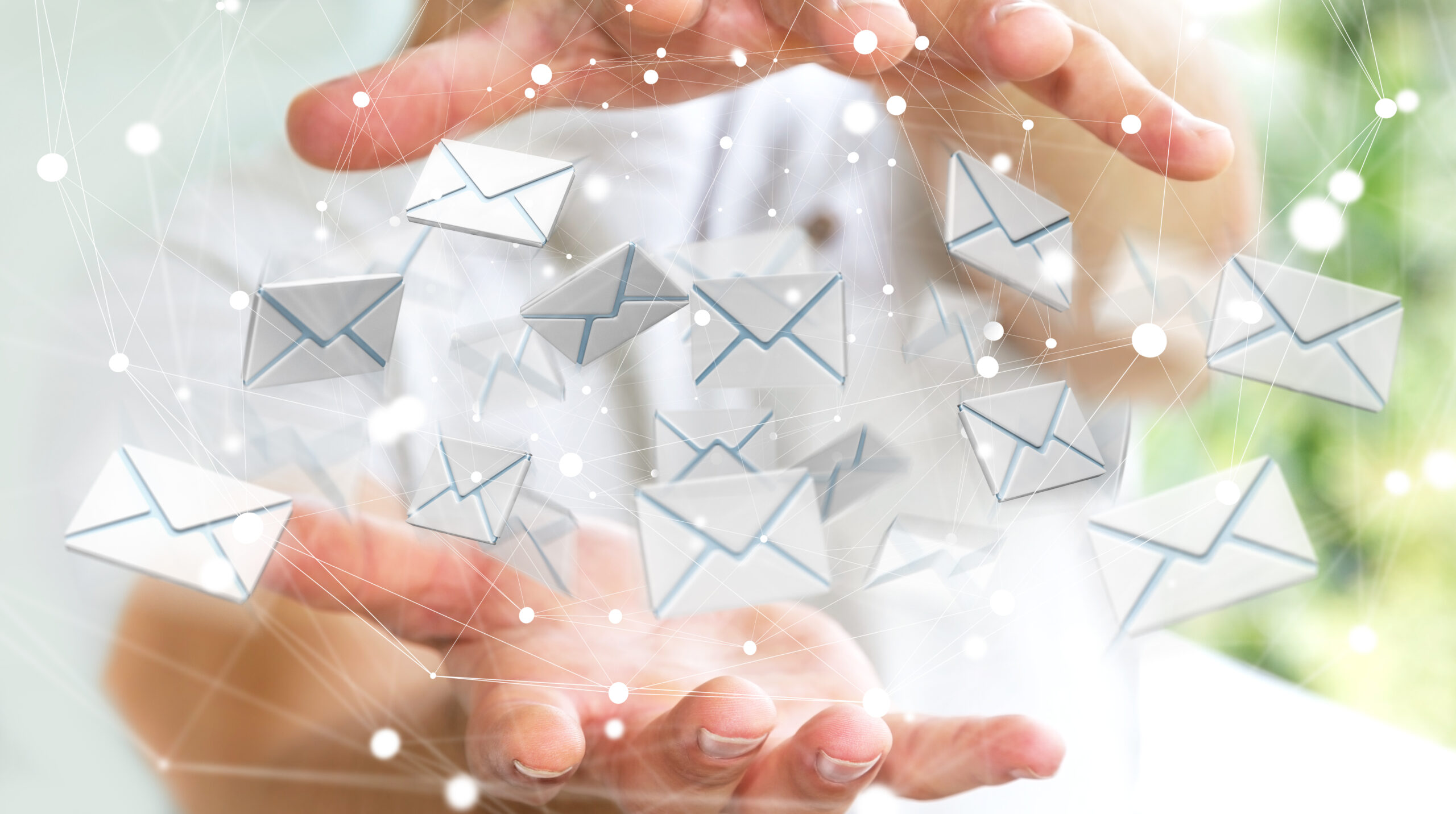Several of my clients have asked for help with sending “blast” emails – emails to groups like extended family, former classmates, fellow club members, etc. I’ve noticed some patterns in the challenges people face with these emails, and voilà–a blog topic!
Please note that this discussion will be limited to personal email blasts, not those used for business marketing. If you are sending emails on behalf of your business, avoid using your personal email. Instead use a proper marketing campaign system that will manage the technical limitations as well as compliance with various laws governing this practice.
To put these tips into context we must first distinguish between two common methods of accessing and sending email:
- Web client – All the major email providers offer a web-based method of reading and sending email. This is simply a website, accessed through a web browser. Examples include mail.google.com and outlook.live.com/mail. I call this method the “mother ship” because it is the purest method of interacting with your email, involving the least setup and maintenance effort. Because all you need is a web browser, web clients have the advantage of being accessible from any device, anywhere.
- Email Software Program (a/k/a Email Client or Email App) – This method is common to smartphones, where you likely read your email through one of many apps (Mail, Gmail, Outlook). On computers, some people like to use the built-in Mail software that comes with their computer or Microsoft Outlook software. One advantage of email apps is that they allow you to connect several email accounts together into one view. They do require some setup, though, and can get out of sync occasionally.
Common Issues Sending Mass Email Blasts and What To Do About Them
Limits on Number of Recipients
Each email provider will have its own limitations on how many emails can be sent within a given time period. They do this to prevent senders from sending unwanted mail, or from overwhelming their mail system. For example, Gmail will allow users of their free email service to send to up to 500 recipients in a single email, and/or up to 500 messages per day. Some providers even limit the number of messages that can be sent per minute.
When you use email software such as Outlook or your PC or Mac’s Mail program, you are often introducing another layer of restrictions. For this reason, I recommend that, whenever possible, you use your provider’s web client rather than your computer’s or device’s email program to send email to large groups.
If your mailing list is larger than your email provider’s maximum, you may be forced to carve your list up and send your message in multiple batches over time.
Attachment Sizes
We’ve all had this happen – often with pictures or videos. You shoot a great video on your phone and try to email it, only to find that it’s too large. Many devices or email services will offer to put your photos, videos or documents in their cloud service and instead send your recipients a link rather than an attachment. This can often be the easiest way to get around attachment size restrictions. You may want to do this ahead of time by creating a shareable online album or document folder in Dropbox or loading your video to YouTube. Use cloud services and share links to your attachments, especially when their file sizes are large.
Contacts / Address Book / Distribution List Challenges
Using Lists or Groups. Most email providers include an Address Book or Contacts service, where you can store the names, emails, and phone numbers of people you frequently communicate with. Most of these provide the ability to set up lists or groupings of people. Gmail calls them “Labels”. For example, you can set up a label for “Family” and assign it to every contact in your list who is a family member. Then, you can address an email to “Family” and all the members’ email addresses will automatically fill in.
Can’t Pull In the Correct Mailing List. It’s not uncommon to have several devices and email services in play. Depending on how you’re set up, the group or list of email addresses you want to send to may only be available to you on one of your devices, though you may prefer to compose your message on another device. I can think of at least two workarounds to this one:
- Compose your message on the device you prefer and save it as a Draft. Pick up the message on the other device from the Drafts folder and complete the remaining steps there.
- Send the message to yourself first, then use the Forward function to send to your distribution list (fix the subject line to eliminate the “FW:”).
Privacy and Courtesy – Using BCC
With the exception of small groups of family or friends, it is best to use the “BCC” (blind carbon copy) line to address a large number of emails rather than the TO line at the header of your email. This shields the recipients’ names and email addresses from one another. In addition, it eliminates the dreaded volley of emails that can ensue if anyone chooses “Reply to All” in their response.
You’ll need at least one email address on the TO line or your email message won’t send, so just use your own.
SUMMARY OF TIPS
- Wherever possible, use the web client rather than your computer’s email software to send email to large groups.
- Consider using a cloud service to host any large attachments and provide a secure link to the attachments to your recipients instead.
- Keep track of your contacts’ email addresses in a single location, preferably a cloud-based one, and maintain your groups / mailing lists there.
- If your group / mailing list isn’t accessible from the device you want to send your email from, use one of my workarounds above.
- Use BCC rather than TO, when addressing a message to a large group.

